Catwalk
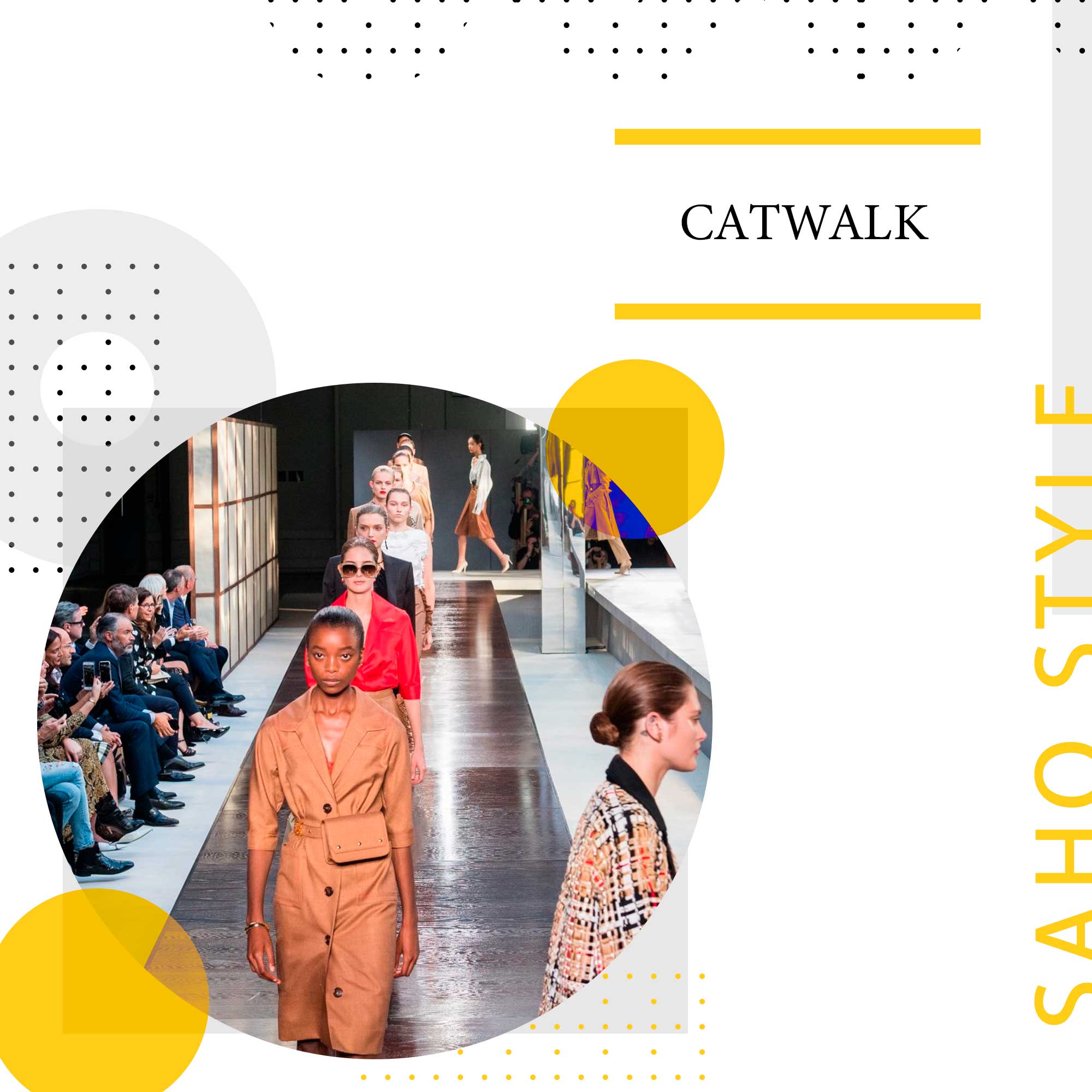
A catwalk is a walkway, platform, or space used by models to display clothing and accessories during a fashion show. Literally, the walking of the models on the stage or platform is called a catwalk and the platform on which the models walk is called a runway or ramp.

In the United States, catwalks are referred to as runways. Because the graceful height and gait used by the models remind viewers of the dignity of a cat’s natural gait. A fashion show is an event held by a fashion designer to showcase their upcoming line of clothing or accessories during fashion week. Fashion shows start in every season, especially in spring, summer, autumn, and winter. The two most important fashion weeks are Paris Fashion Week and Milan Fashion Week, both of which are six-monthly events. New York, London, and Berlin fashion weeks are also of global importance.

In a typical fashion show, models walk the catwalk wearing clothes designed by the designer, and the clothes are illuminated on the runway using different forms of lighting and special effects. The order in which each model walks out wearing a particular outfit usually matches the statement the designer wants to make about their collection. It is then up to the audience to not only try to understand what the designer is trying to say but to visually analyze each garment and try to understand and understand the detail and craftsmanship of each piece. Sometimes, fashion shows are in such a way that the models are stationary, standing or sitting in a built environment.
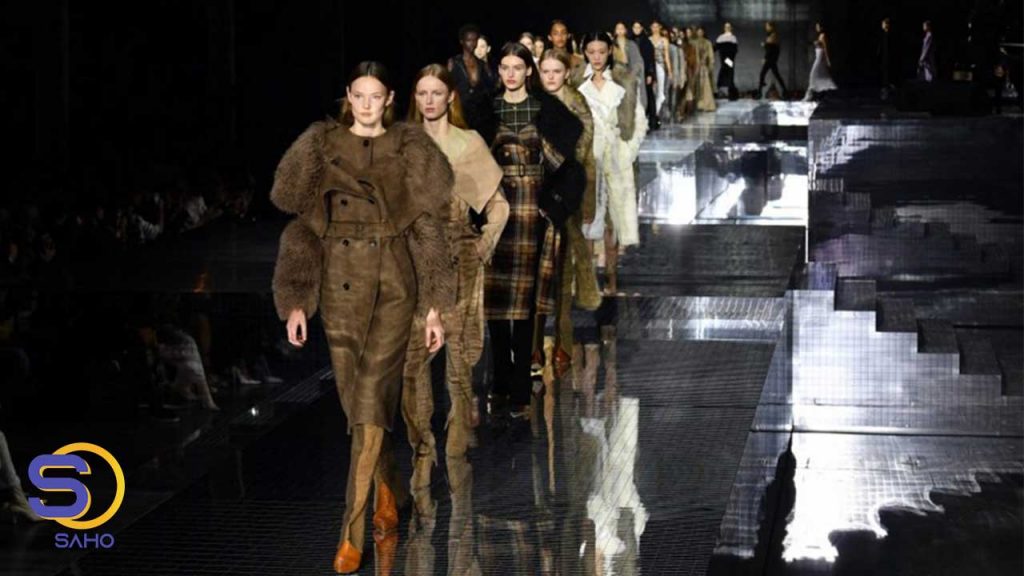
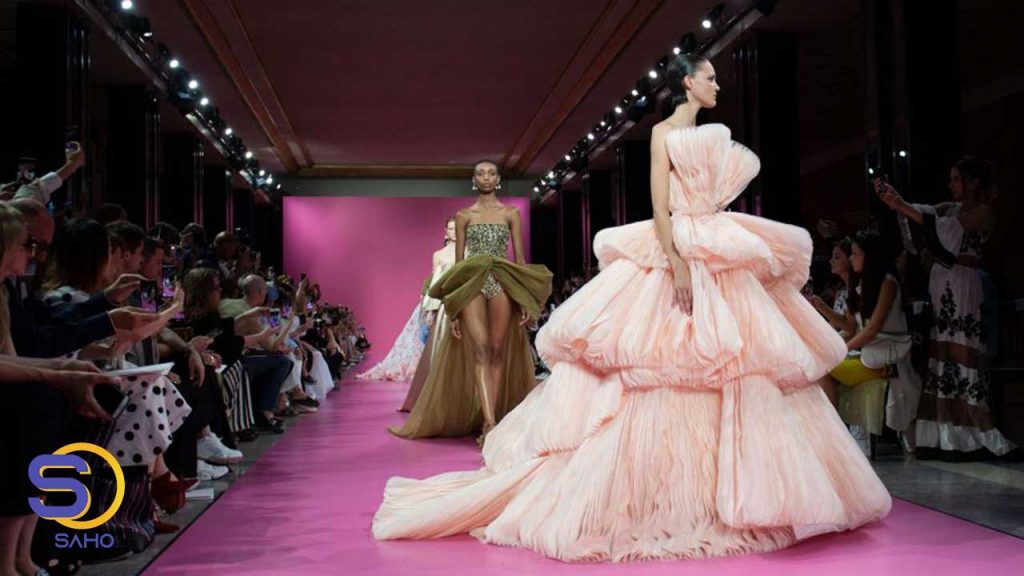
History of the catwalk
At the beginning of the 19th century, exclusive fashion houses in Europe, especially Paris and London, used formal presentations to showcase their latest line to customers. One of the most prominent designers of this concept, Charles Frederick Worth, was noticed by showing clothes on real people instead of mannequins. American retailers introduced the concept of fashion shows in the early 1900s.
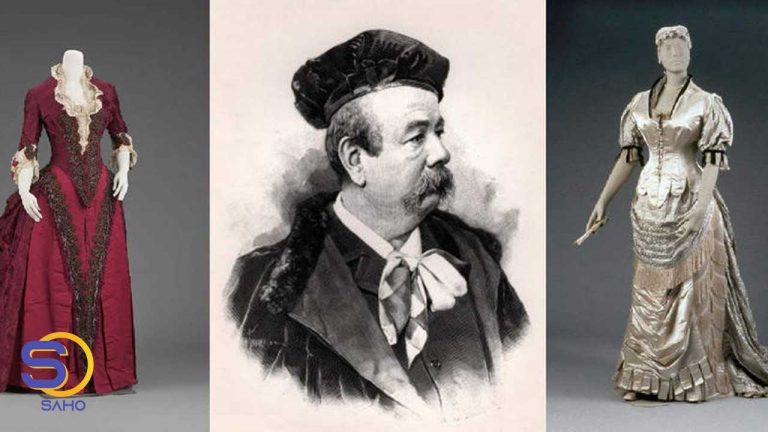
The first American fashion show was held around 1903 in a store in New York City, and by 1910 major department stores such as Wanamaker’s in New York City and Philadelphia also held fashion shows. Their purpose was to show the good taste of the owners and to attract the attention of female buyers. As these formal shows grew in popularity, it was in 1918 that fashion houses set specific dates for runway shows. These events happen twice a year. Runway shows were originally held in department stores or hotels. In the 1920s, retailers across the United States held fashion shows. These shows were theatrical, narratively presented, and organized around a theme. These shows were very popular in the mid-century and sometimes attracted thousands of customers.
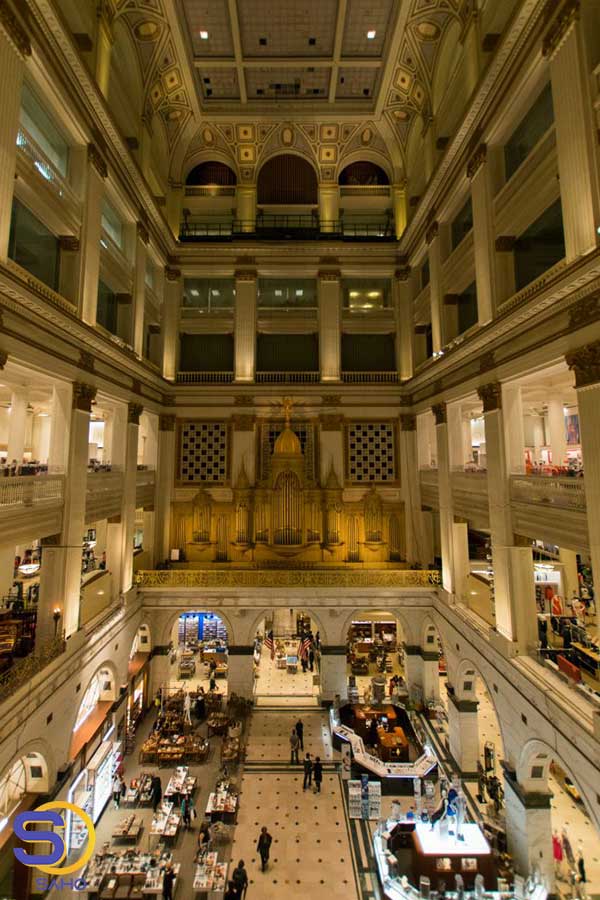
With the creation of runway shows, runway modeling emerged with the establishment of agencies and the modeling profession. Before professional agencies, fashion houses that presented runways often had their own in-house models, chosen specifically for each show. Having in-house models to present clothes for the runway, fashion houses can ensure that the clothes are perfectly altered for presentation and sale. However, as the demand for models increased, modeling agencies were established to provide runway models. When a model earns exclusivity for a fashion label, it means that they have been chosen only for that particular designer. It may establish their career, elevate their status in the fashion industry, and secure their place on the world’s best catwalks.
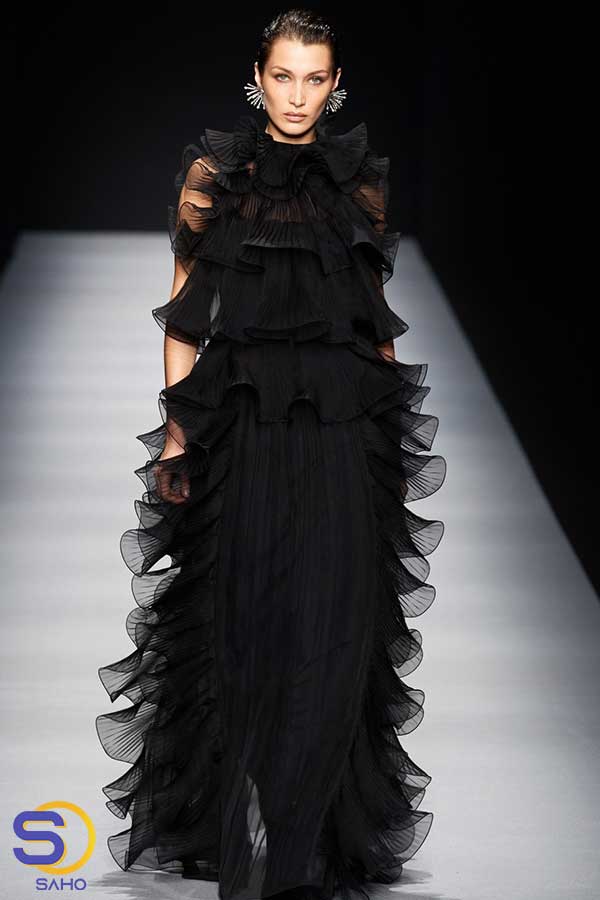

You can see this and similar contents on our Instagram page.
Saho Style on Social Media
- Instagram: @sahostyleinternational
- Youtube: SahoStyle
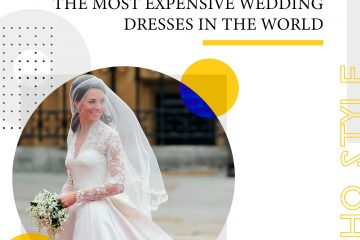
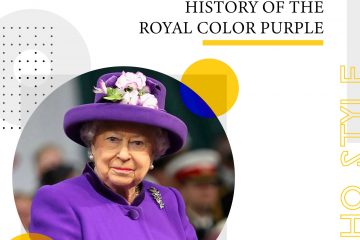

0 Comments